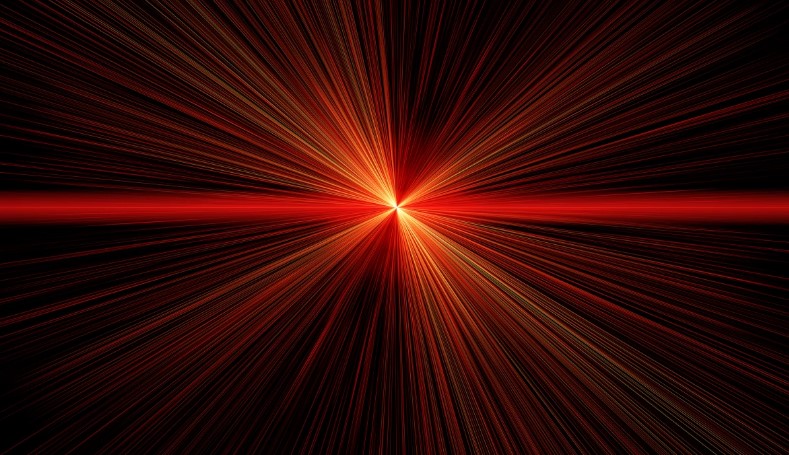
A diamond mirror that can withstand a laser beam with a power of 10 kW has been created
Powerful lasers are needed in many industries, from industry to communications in space. The development of such devices requires a rethinking of the components responsible for the direction of the light beam. Engineers from Harvard turned to one of the hardest materials to get a mirror that allows the laser to cut even steel.
The new mirror was developed in an attempt to circumvent the shortcomings of modern high-power continuous lasers. The mirrors used in these systems consist of thin layers of materials with different optical properties. If at least one of these layers has the slightest defect, the laser beam will burn the mirror, and not affect it, writes New Atlas.
It would be easiest to use one mirror material instead of several, but this requires very accurate nanoscale etching technology. This method exists, it is used in quantum optics and communication to apply nanochannels in diamonds. Researchers decided to use it. They cut ionic beams into microscopic structures in the form of golf ball holders on a 3 × 3 mm diamond sheet. As a result, the reflectivity of the mirror reached 98.9%.
During the tests, the mirror withstood a laser beam with a power of 10 kW, aimed at a point of 750 microns. Such tension is enough to cut through steel, the study authors note. The mirror itself remained completely intact.
Now the inventors are exploring the possibility of commercial use of their technology in the field of semiconductor production and satellite communications.
“Our single-material approach eliminates the thermal stress that defines modern mirrors, which consist of several layers of different materials, when exposed to high optical powers,” – said Marco Loncar, senior author of the paper. “This approach has the potential to improve or create new applications for high-power lasers.”
American researchers are working to create a broadband ultraviolet laser system based on argon fluoride. It should help to obtain infinite and pure energy in the fusion reaction.

